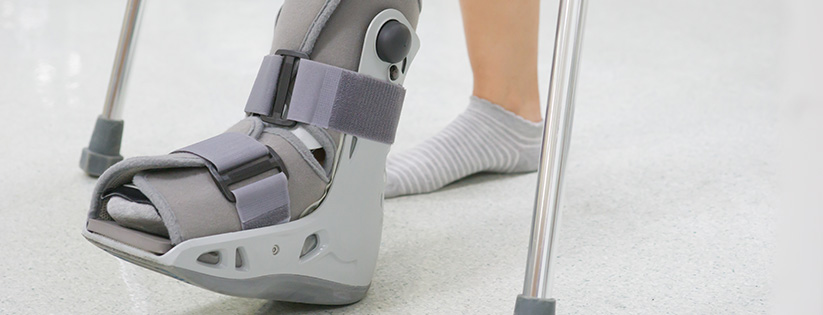The age-old conundrum – how to increase the bottom line without diminishing the outstanding care that an orthopedic practice provides. Delivering a world-class patient experience is a complex topic in healthcare. It includes everything from the patient’s care outcome to how they perceive the customer service they received to how their financial process was handled.
With all things being equal in terms of care, what opportunities are available to positively impact the customer experience as well as grow the bottom line? Let’s look at six ways an orthopedic practice can impact their revenue, reduce some burdensome business components, and improve their patient encounters.
6 Ideas to Impact the Orthopedic Bottom Line
Pain points for orthopedic practices include many administrative burdens placed on them by insurance payers, as well as day-to-day operational challenges that become accepted as part of the daily routine. Here are some innovative ideas that might lead to better patient experience and increased revenue long-term.
- Make it Easier for Patients to Access Care through Technology—Improving patient assimilation means opening initial point-of-contact opportunities, i.e., patient portals that have scheduling and payment options and are accessible by smartphone and other handheld devices. Also, ensure that any website is mobile-friendly.
For those patients that prefer calling, ensure that hold times are at a minimum (or better yet, non-existent). Today’s patient will quickly move on to the next name on an insurance list when confronted with a hold queue. - Next-Level Insurance Verification—Whether an orthopedic practice provides appointment scheduling with a live person, a call center, or a patient portal, it’s critical to set the tone with a new patient regarding the expectations to follow, including financial policies, payment at the time of service, etc.
Fully automating the verification process allows accurate, timely onboarding, while also estimating the amount due from the patient based on valid deductible information. By collecting this amount prior to the patient being seen, there is a significant reduction in collections and bad debt issues 60-120 days later. - Orthopedic Prior Authorizations (PAs) Streamlined—Without a doubt, PAs are the least mechanized process in most any practice and require significant administrative time and resources to adequately process and follow-up. Consider an artificial intelligence (AI) driven platform that uses machine learning and deep data mining to process PAs in real-time with follow up performed by certified specialists for outliers and exceptions.With PA processing adding additional administrative time that could be performed through automation, improvements would benefit the patient’s experience as well as the practice’s bottom line.
- Low Staff Turnover Improves Engagement—Starting with the hiring process, an orthopedic group should strive to select the right people that mirror the values and goals of the stakeholders using these principles:
- Be sure that there’s a strong job description for each position (including physicians and APPs) and that it’s well-structured and has built-in accountability.
- Ask for hiring referrals from the practice’s best employees – there’s a high chance they know other people who would be a good fit on the team.
- Cast a wide net and take time to flesh out the best candidates.
- Design the interview process to include standard questions and always take good notes (this makes comparing candidates easier and protects you from legal consequences).
- Listen to the questions the candidate asks – they can be very revealing. Follow-up, if needed.
- Engage interested providers or employees in the process and solicit their feedback.
- Don’t rush the process.
By spending time and finding the right fit, employees will be valuable team members and exemplify the organization’s brand with patients.
- Invest in Third-Party Coding and Billing Support—If one was to add up the time and effort it takes to be highly proficient, and up to date on coding and billing requirements, it is typically much higher than expected. By engaging a third-party partner for coding and billing, that responsibility shifts to the vendor who can provide scalable, efficient talent leaving the ortho practice free to concentrate on patient care and experience.
- Consider Expanding into Strategic Markets Through a Shared Space Concept—When all operations are firing effectively, it may be time to consider expansion as the next logical step. Most hospital systems are eager to support practices in expanding their reach, which in turn strengthens their catchment area. As a specialist, orthopedic practices can test the waters by initially utilizing a shared space office (usually funded by the hospital) that allows a presence before fully committing time and capital.
With these ideas, an orthopedic group can position themselves for future growth and simultaneously improve their relationship with patients. Executing a plan now will be paramount to success in the coming years as margins continue to tighten, and care delivery evolves.
Contact us to schedule a demo to see how we can optimize your orthopedic prior authorization workflow today.
